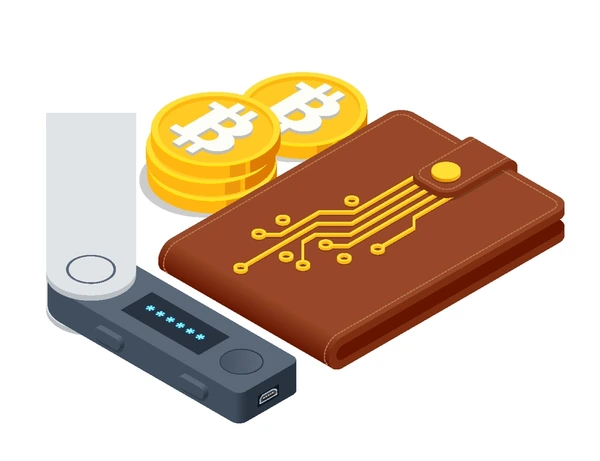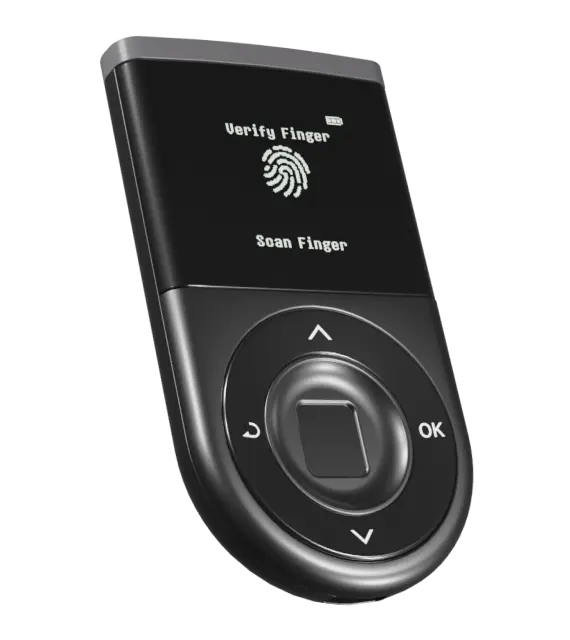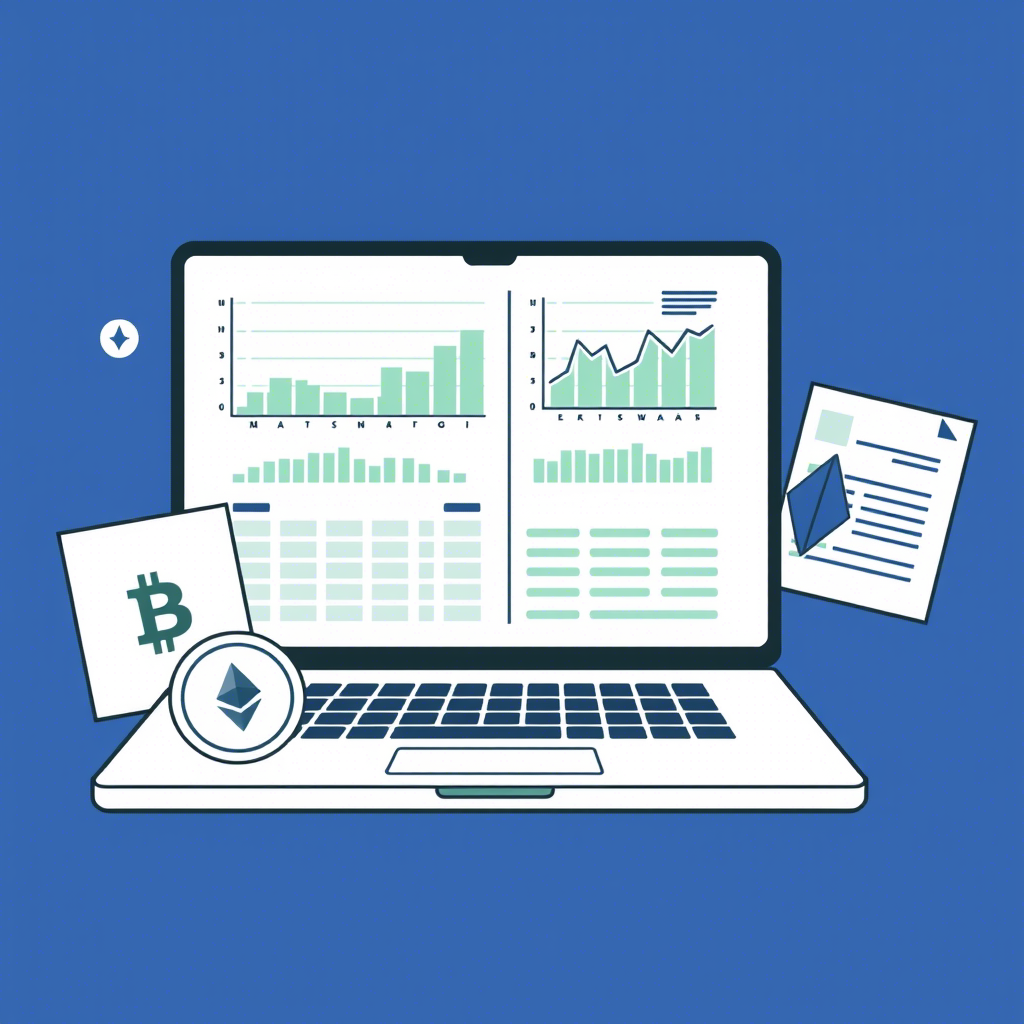Owning cryptocurrency demands a careful approach to storing, sending, and receiving digital assets. Digital wallets—both hot wallets (software-based) and cold wallets (hardware-based)—serve as gateways to the blockchain, managing the private keys that prove ownership over your tokens. Yet many newcomers aren’t sure how to set up these wallets, safeguard their recovery phrases, or navigate different wallet types.















